You wake up one day, and something feels "off." You helped your friend move into their new apartment yesterday, so you expect to be a little sore. As you take your first step out of bed, a jolt of electricity shoots up your leg, and your knee buckles. You stay down on your bad knee, staring at the ground in shock. It's happening.
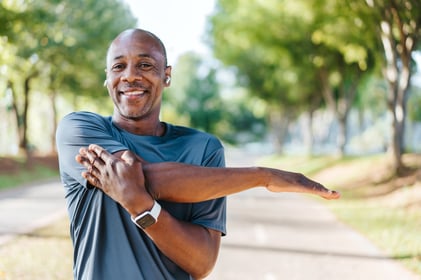 I call this the "Awakening." Simply put, you are realizing that your body is feeling the wear and tear of life to this point. It’s that realization that at 40 years old, you shouldn't move through life like you're 20. The point at which an individual becomes self-aware of these aches and pains varies from person to person. Some people don’t have substantial damage to their body and can probably make it well past their 20s before being bothered. My experience, like a lot of other athletes I've talked to, is one where we start to feel the damage a bit earlier than expected. It's like a car that is supposed to be driven ten thousand miles a year but is instead driven twenty thousand. The good part of the awakening process is that it is your call to action!
I call this the "Awakening." Simply put, you are realizing that your body is feeling the wear and tear of life to this point. It’s that realization that at 40 years old, you shouldn't move through life like you're 20. The point at which an individual becomes self-aware of these aches and pains varies from person to person. Some people don’t have substantial damage to their body and can probably make it well past their 20s before being bothered. My experience, like a lot of other athletes I've talked to, is one where we start to feel the damage a bit earlier than expected. It's like a car that is supposed to be driven ten thousand miles a year but is instead driven twenty thousand. The good part of the awakening process is that it is your call to action!
Awareness is often the first step in meaningful change. If we can acknowledge that we aren’t getting any younger and that our bodies are going to break down as we age, we can start to put a plan together to at least slow down the process. I am a firm believer that movement is medicine, so in the rest of this post, I will address fitness regarding aging. Here are three key principles to help you combat the wear and tear on the body as you age through health and fitness:
- Warmups and Mobility Work Are Your Best Friends
Just as a newer car can heat up quickly, an older car might need a few minutes to warm up. The same applies to our bodies. If I went to play soccer without warming up like I was a teenager, I would need a stretcher back to my car. Be sure to include a solid dynamic warmup before any form of exercise. Mobility drills, especially for the shoulders and ankles, can also really help with injury prevention and aging gracefully. - Be Honest with Yourself
You wake up and look in the mirror every day. For the most part, we all can at least generalize what fitness level we are at. If I had a scale of 1-5, with 5 being a professional athlete-caliber workout, why would I try those at level 1? Be real with yourself and scale the intensity and exercise selection to your current fitness level. - Consistency Is the End Goal
From my experience working at a retirement community, the people who were in the best physical condition at seventy-plus years old were those who got their exercise in daily. Whether it was group fitness, individual time on the stationary bike, or walking the dog, they made sure to make it work for them. Consistency trumps all because it will allow the body to build strength and resiliency to combat the inevitable weakening that comes with time.
While becoming aware of one’s own limitations may seem discouraging, a slight shift in perspective can help. Imagine having the freedom to move through life without restriction. Ultimately, I believe we desire freedom. Our body is something we have control over, so take matters into your hands and liberate your future self today.


.jpg?width=429&name=GettyImages-185211535%20(1).jpg) Tell me if this has ever happened to you: You are fast asleep in your warm, comfy bed. In the middle of that perfect sleep, you suddenly hear the telephone ringing. So you open your eyes, sit up, and slide your feet into your slippers. At this point, you are in a rush because you are now thinking that it could be an emergency. You take a few steps as quickly as you can to get to the phone, which happens to be all the way across the room. Suddenly, the front of your slipper nicks the carpet and you feel yourself going down and fast.
Tell me if this has ever happened to you: You are fast asleep in your warm, comfy bed. In the middle of that perfect sleep, you suddenly hear the telephone ringing. So you open your eyes, sit up, and slide your feet into your slippers. At this point, you are in a rush because you are now thinking that it could be an emergency. You take a few steps as quickly as you can to get to the phone, which happens to be all the way across the room. Suddenly, the front of your slipper nicks the carpet and you feel yourself going down and fast.
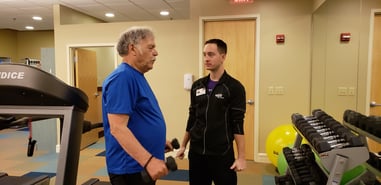 There are many reasons to work with a personal trainer from NIFS, and in this blog we cover the top five: forming habits, fun, accountability, comfortability, and safety.
There are many reasons to work with a personal trainer from NIFS, and in this blog we cover the top five: forming habits, fun, accountability, comfortability, and safety.
.jpg?width=320&name=TRX%20Cher%20(2).jpg) There are a number of misconceptions these days about personal trainers and what it’s like to be one. Don’t all personal trainers have perfect bodies and eat nothing but fruits,
There are a number of misconceptions these days about personal trainers and what it’s like to be one. Don’t all personal trainers have perfect bodies and eat nothing but fruits, 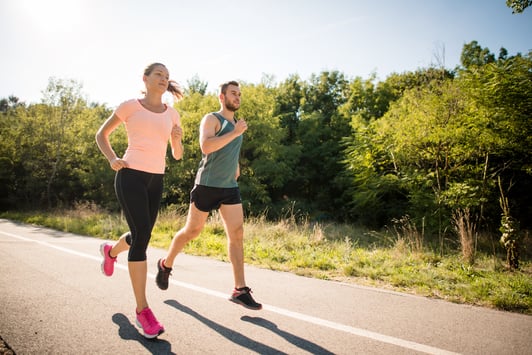 It seems that running injuries are all too common. There have been many research studies done on runners and, each year, as many as 79% of runners are sidelined due to injuries. Here are 5 ways to avoid injuries when running.
It seems that running injuries are all too common. There have been many research studies done on runners and, each year, as many as 79% of runners are sidelined due to injuries. Here are 5 ways to avoid injuries when running. 
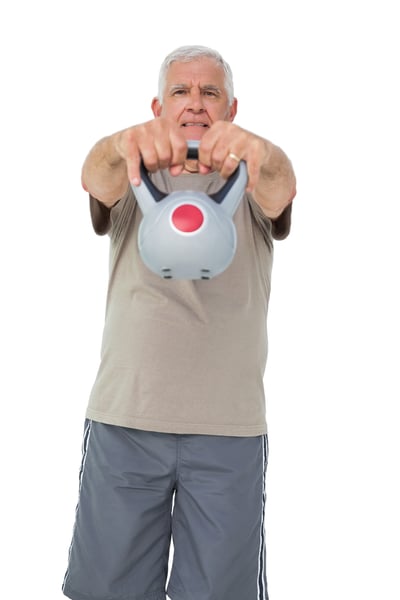

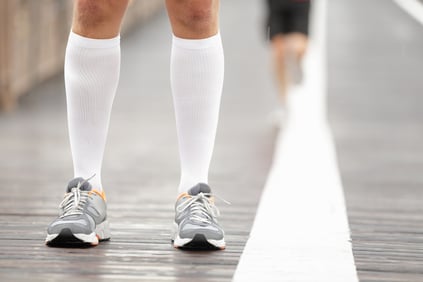 Compression stockings are used for a variety of reasons, one of which is to reduce fluid pooling within the lower extremities; and to protect against the potential for developing phlebitis and thrombosis, which can eventually lead to the formation of life-threatening blood clots (
Compression stockings are used for a variety of reasons, one of which is to reduce fluid pooling within the lower extremities; and to protect against the potential for developing phlebitis and thrombosis, which can eventually lead to the formation of life-threatening blood clots (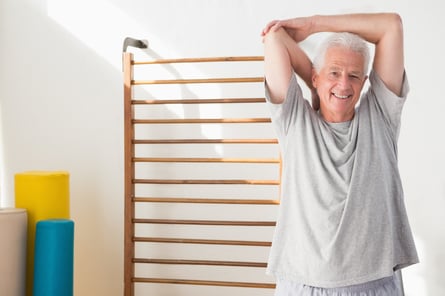
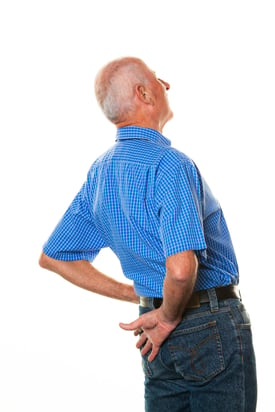 I am a firm believer in massage therapy because a little over a year ago, I woke up in agonizing lower-back pain that did not allow me to move. My first thought was maybe I should go see a chiropractor. I had been to one before, but was not the biggest fan because they cracked my back and sent me on my way after charging $65.
I am a firm believer in massage therapy because a little over a year ago, I woke up in agonizing lower-back pain that did not allow me to move. My first thought was maybe I should go see a chiropractor. I had been to one before, but was not the biggest fan because they cracked my back and sent me on my way after charging $65. 
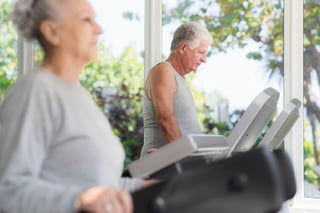 This blog was updated on March 22, 2017.
This blog was updated on March 22, 2017.